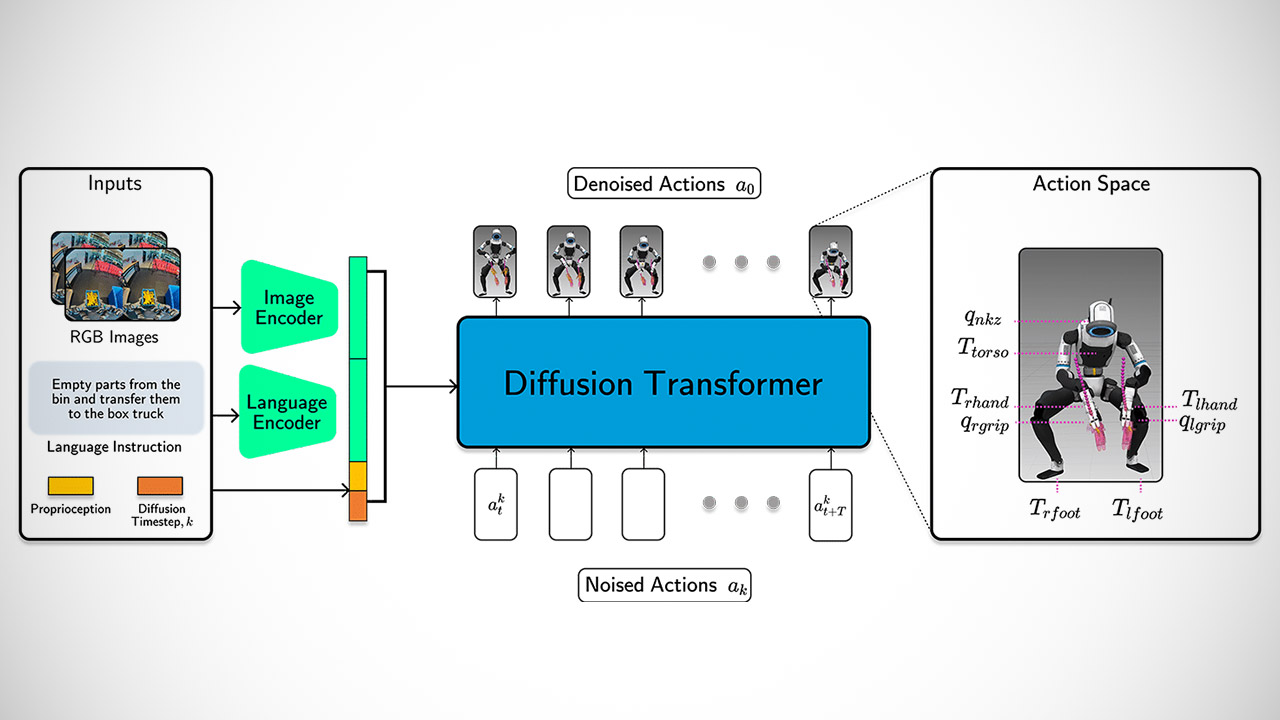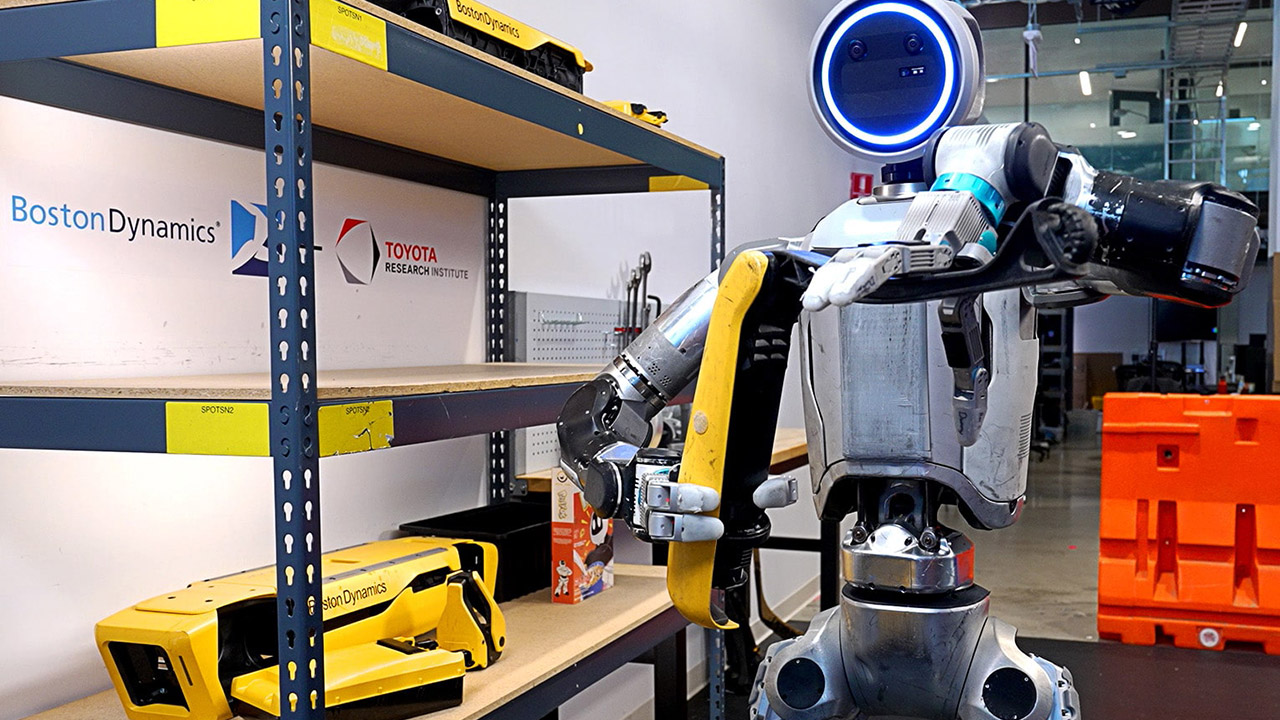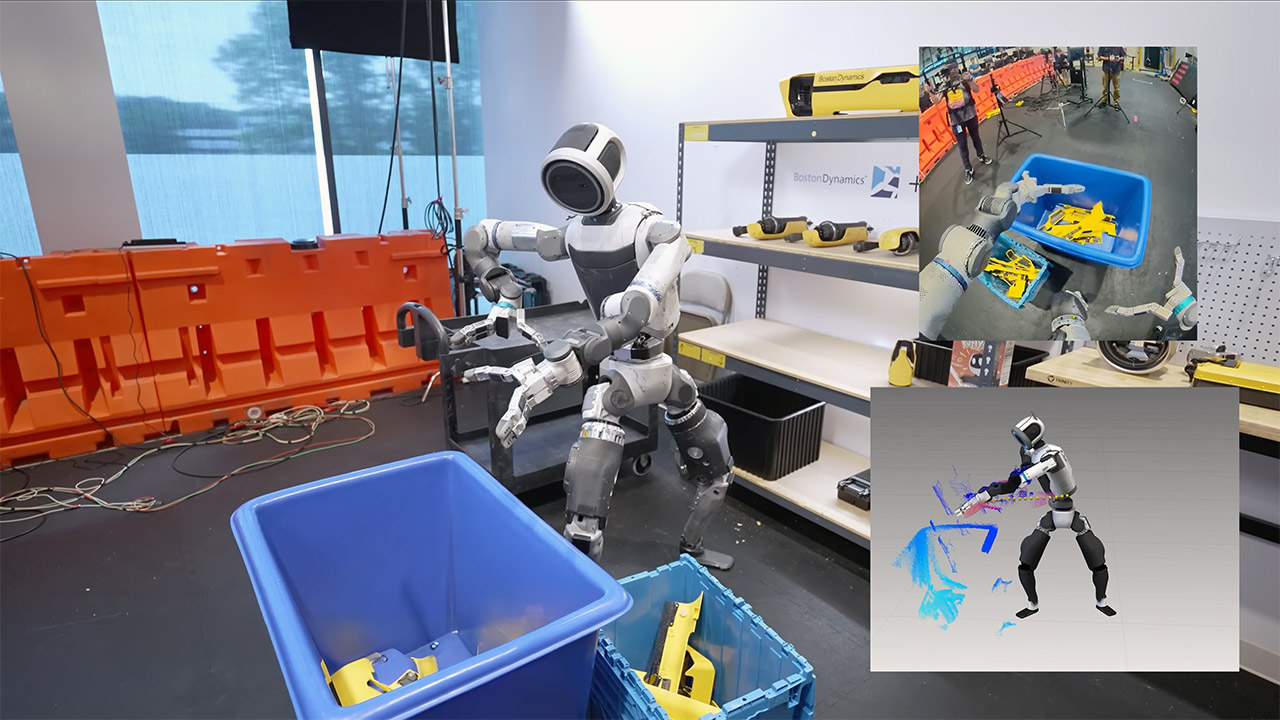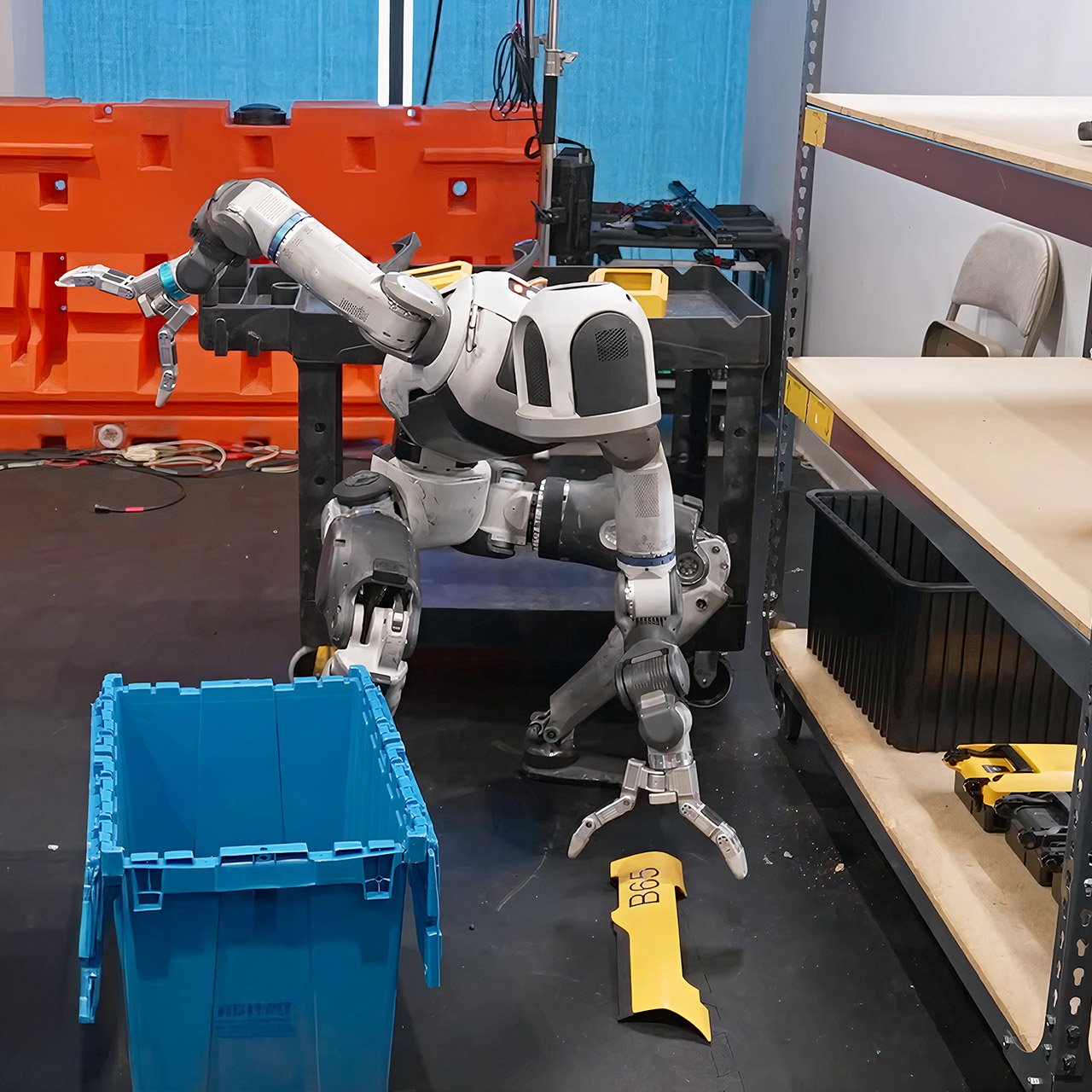We’ve always been fascinated by Boston Dynamics, with robots that dance, jump and navigate the world with ease. Their latest project with Toyota Research Institute takes Atlas to new heights by teaching it how to do hard jobs on its own.
Walking and waving is not enough for humanoid robots. They need to manipulate many types of objects – hard, soft, heavy and delicate – while balancing and avoiding obstacles. Atlas, with 50 degrees of freedom and dexterous grippers, is designed for this problem. The collaboration introduces Large Behavior Models, a technique that lets Atlas learn tasks through human direction rather than line by line scripting.
Sale

LEGO Technic Fast and Furious Toyota Supra MK4 Building Kit- Toy Car for Kids, Boys, and Girls, Ages 9+ -…
- TOY CAR MODEL KIT– Boys and girls ages 9 and up create thrilling movie action by building one of the most iconic cars in movie history with the LEGO…
- FAST AND FURIOUS CAR – Fans will be delighted by the LEGO Toyota Supra sports car toy, which is packed with realistic details and authentic movie…
- ACTION-PACKED FEATURES– Builders assemble the 6-cylinder engine, steering, opening hood and removable Targa top roof, then recreate favorite Fast…
Here’s how it works: teleoperation. Human operators use a virtual reality setup to control Atlas, guiding it through tasks in real time. This isn’t remote control – it’s a way to collect data on how the robot moves, senses and interacts. Operators wear VR headsets and trackers on their hands, feet and chest to mirror their movements onto Atlas. The robot’s cameras provide a stereoscopic view, while haptic feedback lets operators feel what Atlas touches. This captures every nuance – from precise finger movements to full body crouching – creating a rich dataset. That dataset is then processed, annotated and fed into a neural network that trains Atlas to do tasks on its own. The cycle – collect, process, train, evaluate – repeats, refining the robot’s abilities with each iteration.

The Large Behavior Model lets Atlas do multiple tasks – tie ropes, flip barstools, spread tablecloths. These are not simple pick and place tasks; many require deformable objects like cloth or tires which are notoriously hard for robots to handle. Atlas develops a broad understanding so it can take on new challenges without having to start from scratch. In one test it handled a 22 pound car tire which required strength and precision. The ability to learn from human examples means anyone with a VR headset could theoretically teach Atlas a new skill.

Atlas can do tasks twice as fast as the humans it learns from without losing accuracy. The model predicts 48 moves in 1.6 seconds and can adjust the timing during execution. Atlas goes at normal speed, then double speed, then triple speed and stays composed the whole time. This is great for applications that need efficiency like warehouses or manufacturing lines. When a part falls or a bin moves the robot doesn’t stop; it uses its cameras and sensors to assess the situation and adjust. This is because the model was trained with recovery scenarios so it can handle the real world.

Atlas, a robot with unrivaled physical skills that Boston Dynamics has been working on for years, is now here. Its model predictive controller provides exact motions and eliminates self-collisions, which is an essential feature for a humanoid with so many moving parts. Toyota Research Institute adds its experience with Large Behavior Models and years of work on AI-driven manipulation. Their Diffusion Transformer, a 450 million parameter model, uses visuals, joint positions, and spoken instructions to control Atlas’ activities. The model is compatible with a variety of platforms, including the Atlas Manipulation Test Stand, a simpler upper-body version of the robot. Because of this common architecture, data from one can be used to improve the other, resulting in a feedback loop that drives advancement.
Simulation is underutilized, but critical, as it replicates Atlas’s real world setup, software and sensors, so the team can quickly test new ideas. It’s also a data source, supplementing real world demos for model training. This combination of virtual and physical training means Atlas can do tasks consistently whether in a lab or in a chaotic environment. So the robot feels like a partner not a machine, can learn and adjust in ways humans solve problems.
